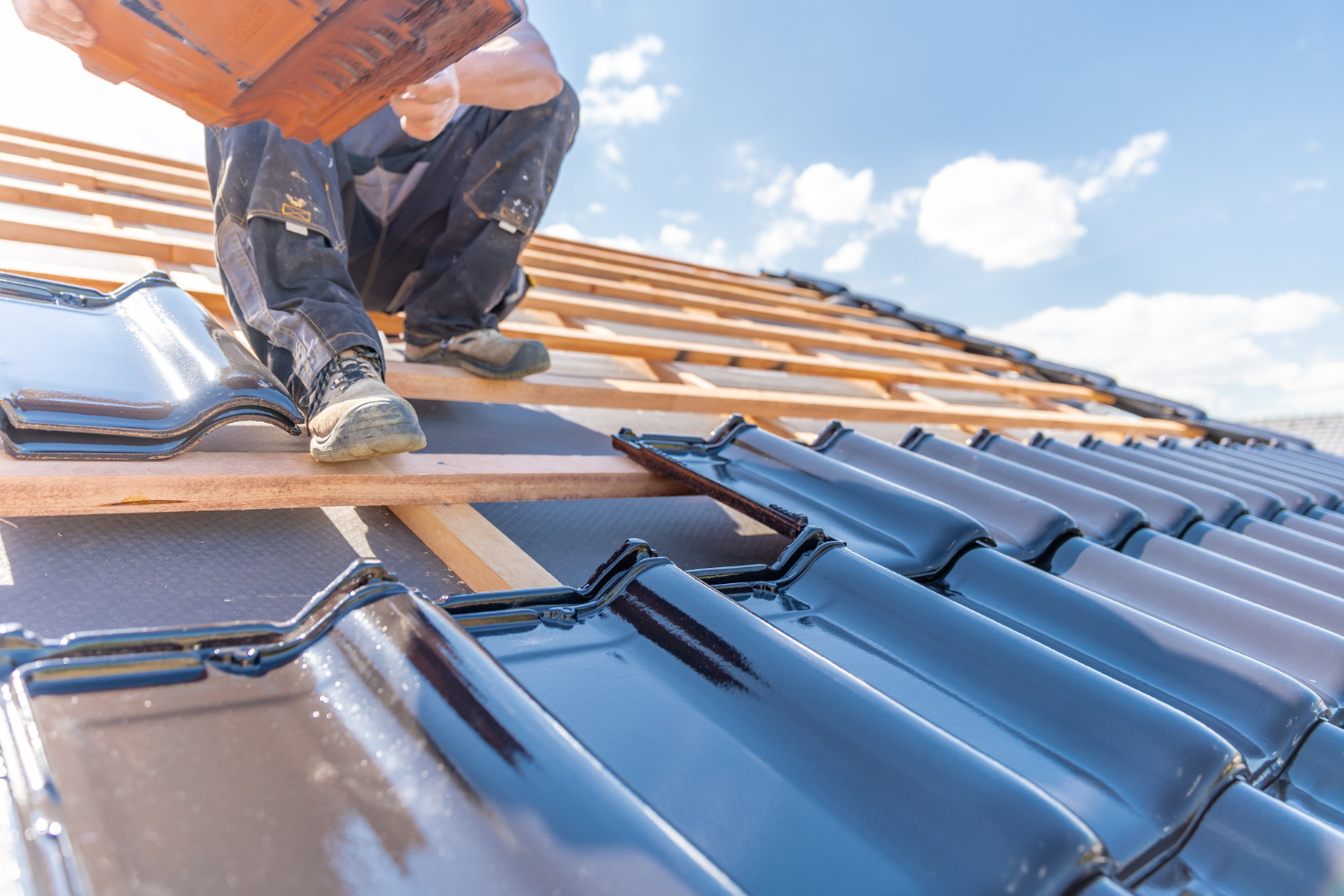Your roof is one of the most important parts of your home. It keeps the elements out and protects your family. Sometimes, though, it can hide the need for repairs. Knowing the signs of roof trouble can help you address small problems before they become big ones.
Visual Indicators of Roof Damage
Your roof can tell you a lot about its condition if you know what to look for. One of the first things you should check for is missing or damaged shingles. Shingles act like a shield for your roof, so when they’re cracked, curling, or missing, it means your roof isn’t as protected as it should be. Such damage can happen due to age, weather impacts, or even poor installation. Regularly checking your roof from the ground or with binoculars can help you spot these issues early.
Another big warning sign is visible sagging or uneven areas on the roof. A sagging roof can mean that there’s a problem with the underlying structure, which might have been affected by trapped moisture or too much weight from snow or debris. Roof lines should look straight and flat, so any dips or curves can indicate serious trouble that might need more than a simple fix.
Here’s a quick checklist to spot visual signs of damage:
- Look for broken or missing shingles.
- Check for sagging or unusual roof shapes.
- Notice damage around vents, pipes, or chimneys.
By identifying these signs early, you can address problems before they get more severe and costly.
Indoor Warning Signs
Sometimes the evidence of a roof needing repair shows up inside your house. Water stains on ceilings are a sure sign of trouble that shouldn’t be ignored. These stains often appear as brown spots and can indicate a leak in the roof that lets water seep through. Even if it’s a small stain, it’s worth getting checked to prevent further damage.
Another less obvious sign is an unexplained increase in energy bills. If you notice that your heating or cooling costs are suddenly higher, your roof could be the reason. Damage like gaps and missing shingles allows outside air to enter your home. This makes your HVAC system work harder, raising your energy usage.
To monitor indoor signs:
- Keep an eye out for ceiling stains and discoloration.
- Track any sudden spikes in energy bills for no apparent reason.
- Feel for drafts or temperature changes in specific rooms.
Being aware of these indoor warning signs can help you catch roofing issues that aren’t immediately visible, ensuring you maintain a safe and comfortable home environment.
Environmental and Weather-Related Clues
The environment around your home can provide clues about the health of your roof. Severe weather events, such as storms, high winds, or hail, can cause significant roof damage. After such events, it’s wise to check for loose or broken shingles on the ground and inspect the roof for any visible damage. Hail can leave dents or bruises, while strong winds might pull shingles away, leaving your roof vulnerable.
Another important clue is the growth of moss or algae on the roof. While it might seem harmless, these organisms can trap moisture and degrade the roofing materials over time. Moss tends to grow in shaded areas where moisture lingers, and its growth can indicate water isn’t properly draining off the roof.
Consider these checks after weather events:
- Examine the roof for dented or chipped shingles.
- Look for debris, like branches or leaves, that might have scraped the roof.
- Notice any new or worsening moss and algae patches.
By paying attention to how your roof reacts to environmental conditions, you can catch developing issues early, prolonging the life and integrity of your roof.
Routine Maintenance and Inspection
Keeping up with routine maintenance and inspections is critical for a healthy roof. Regular inspections can help you spot issues before they turn into costly repairs. It’s recommended to have your roof checked at least twice a year, as well as after major weather events.
Deciding between DIY checks and professional evaluations depends on your comfort and skill level. DIY checks can be effective for spotting obvious damage like missing shingles or sagging gutters. However, professional evaluations offer a thorough assessment that includes hard-to-reach areas and potential underlying issues.
- Schedule seasonal check-ups to keep repairs manageable.
- Conduct a basic visual inspection every few months.
- Opt for professional evaluations to ensure no detail is overlooked.
Routine attention to your roof helps you maintain your home’s value and keeps it protected against the elements. Taking these steps can save you money and trouble in the long run.
Conclusion
Understanding the signs that your roof needs repair is vital for every homeowner. Recognizing these early warning signs can prevent more significant issues and extend the life of your roof. From visual checks to keeping an eye on indoor clues and environmental impacts, every bit of attention helps in maintaining your roof’s health.
If you suspect issues or want peace of mind, don’t wait for small problems to escalate. Reach out to James Kate Roofing & Sola for expert guidance and solutions tailored to your needs. Our team is ready to assist you with professional roof repairs, ensuring your home is safe and secure. Contact us today to keep your roof in top condition all year round.

